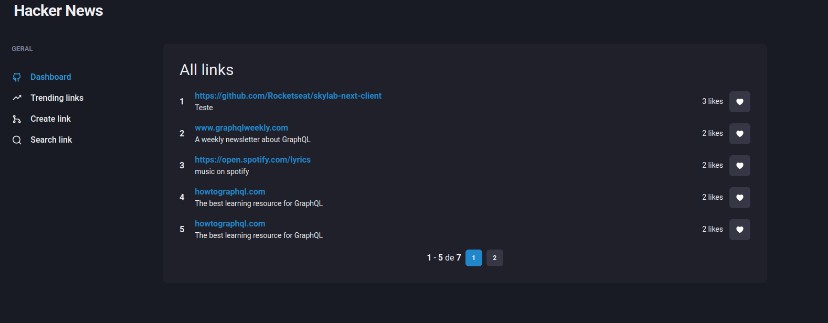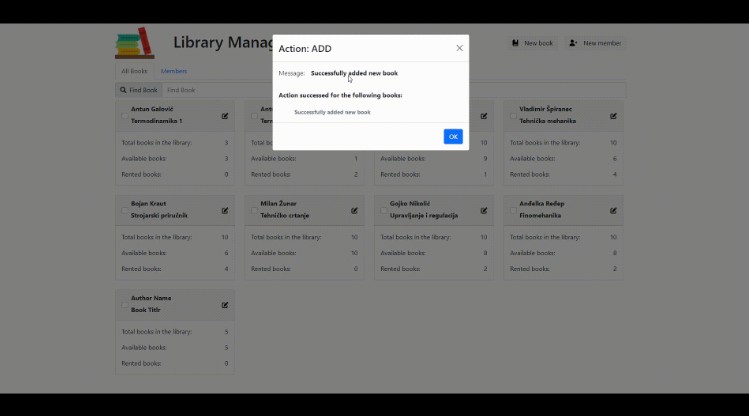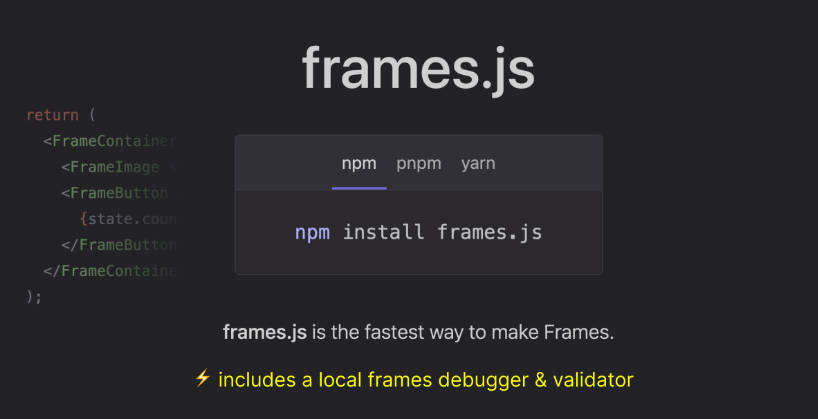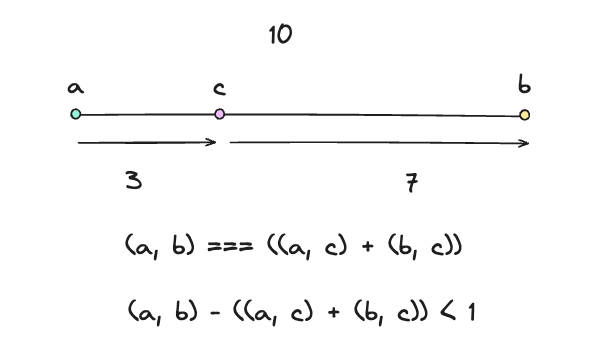Immerhin
The core idea is to use patches to keep the UI in sync between client and server, multiple clients or multiple windows.
It uses Immer as an interface for state mutations and provide a convenient way to group mutations into a single transaction and enable undo/redo out of the box.
Features
- Update application state using patches
- Keep clients in sync
- Get undo/redo for free
- Sync to the server
- Server agnostic
- State management agnostic (a container interface)
- Sync between iframes (not implemented yet)
- Sync between tabs (not implemented yet)
- Resolve conflicts (not implemented yet)
- Provide server handler (not implemented yet)
Example
import store, { sync } from "immerhin";
// Create containers for each state. Sync engine only cares that the result has a "value" and a "dispatch(newValue)"
const container1 = createContainer(initialValue);
const container2 = createContainer(initialValue);
// - Explicitely enable containers for transactions
// - Define a namespace for each container, so that server knows which object it has to patch.
store.register("container1", container1);
store.register("container2", container2);
// Creating the actual transaction that will:
// - generate patches
// - update states
// - inform all subscribers
// - register a transaction for potential undo/redo and sync calls
store.createTransaction(
[container1, container2, ...rest],
(value1, value2, ...rest) => {
mutateValue(value1);
mutateValue(value2);
// ...
}
);
// Setup periodic sync with a fetch, or do this with Websocket
setInterval(async () => {
const entries = sync();
await fetch("/patch", { method: "POST", payload: JSON.stringify(entries) });
}, 1000);
// Undo/redo
store.undo();
store.redo();
How it works
Containers
A container is an interface that provides a .value and implements a .dispatch(value) method so that a value can be updated and propagated to all consumers.
You can use anything to create containers, it could be a Redux store, could be an observable or a nano state
You can use the same container instance to subscribe to the changes across the entire application.
Example using nano state:
import { createContainer, useValue } from "react-nano-state";
const myContainer = createContainer(initialValue);
// I can call a dispatch from anywhere
myContainer.dispatch(newValue);
// I can subscribe to updates in React
const Component = () => {
const [value, setValue] = useValue(myContainer);
};
Container registration
We register containers for two reasons:
- To define a namespace for each container so that whoever consumes the changes knows which object to apply the patches to.
- Ensure that the container was intentionally registered to be synced to the server and be part of undo/redo transactions. You may not want this for every container since you can use them for ephemeral states.
Example
store.register("myName", myContainer);
Creating a transaction
A transaction is a set of changes applied to a set of states. When you apply changes to the states inside a transaction, you are essentially telling the engine which changes are associated with the same user action so that undo/redo can use that as a single step to work with.
A call into store.createTransaction()does all of this:
- generate patches (using Immer)
- update states and inform all subscribers (by calling
container.dispatch(newValue)) - register a transaction for potential undo/redo and calls
Example
store.createTransaction(
[container1, container2, ...rest],
(value1, value2, ...rest) => {
mutateValue(value1);
mutateValue(value2);
// ...
}
);
Undo/redo
Calling undo() and redo() functions will essentially apply the right patch for the value and dispatch the update.
Sync
The sync() function returns you all changes queued up for a sync since the last call.
With the return from sync(), you can do anything you want, for example, send it to your server.
Example
// Setup periodic sync with a fetch, or do this with Websocket
setInterval(async () => {
const entries = sync();
await fetch("/patch", { method: "POST", payload: JSON.stringify(entries) });
}, 1000);
Example entries:
[
{
"transactionId": "6243062b469f516835327f65",
"changes": [
{
"namespace": "root",
"patches": [
{
"op": "replace",
"path": ["children", 1],
"value": {
"component": "Box",
"id": "6241f55791596f2467df9c2a",
"style": {},
"children": []
}
},
{
"op": "replace",
"path": ["children", 2],
"value": {
"component": "Box",
"id": "6241f55a91596f2467df9c36",
"style": {},
"children": []
}
},
{
"op": "replace",
"path": ["children", "length"],
"value": 3
}
]
}
]
}
]
Create a new store
If you want to have multiple separate undoable states, create a separate store for each. They add to the same sync queue in the end.
import { Store } from "immerhin";
const store = new Store();





